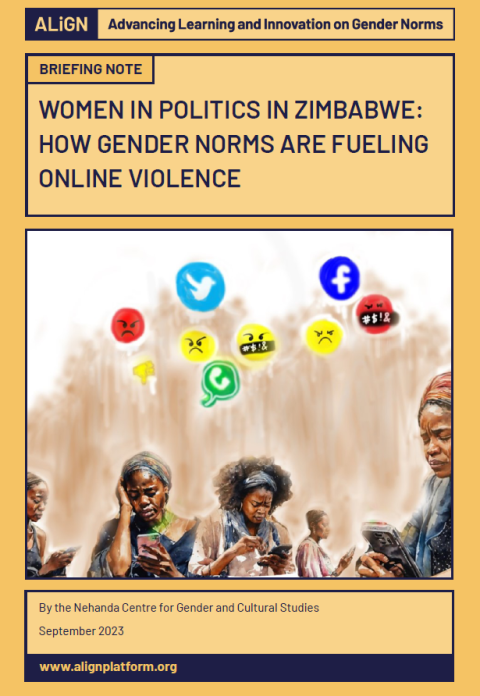
Social and broadcast media have the potential to shape gender norms – both in a more or less equal direction. Gender stereotypes can be reinforced or challenged through images, behaviour and discourse.
In recent decades the potential of mass media to contribute to changing gender norms on a large scale has been recognised and incorporated into social change programming. The growth of social media has given rise to concern about the spread of misogynistic content and effective ways to counter this. However, social media has also emerged as a space where feminist activists can mobilise and develop support networks, and where users can influence others in their personal networks through the type of content they share.
ALIGN’s research focuses on:
- the influence of social media on norms of masculinity, particularly among adolescents
- the potential of social media as a space for feminist organising
- the role of social media ‘back-ends’ – algorithms and content moderation policies – in influencing the type of gendered content users see
- how broadcast media can contribute to equitable gender norms, through strengthening representation of women and gender-diverse people, and through the images and storylines they project
New research
ALIGN’s report How does social media influence gender norms among adolescent boys found that most research on this topic has been carried out in Europe and the USA and relatively little takes into account boys’ perspectives on the content they consume or produce. In response, ALIGN partners in Mexico worked with adolescent boys in six states to understand how they use social media, the sorts of gendered content they encounter and how they feel it affects them. The research also delved into adolescent girls’ perspectives on gendered social media content. The research involved qualitative participatory methods, including Photovoice, and a quantitative survey.
Resources
The resources in this section cover both the ways that inequitable gender norms and stereotypes can be reinforced through broadcast and social media, and effective ways to promote more equitable gender norms.
Featured resources
14 June 2024
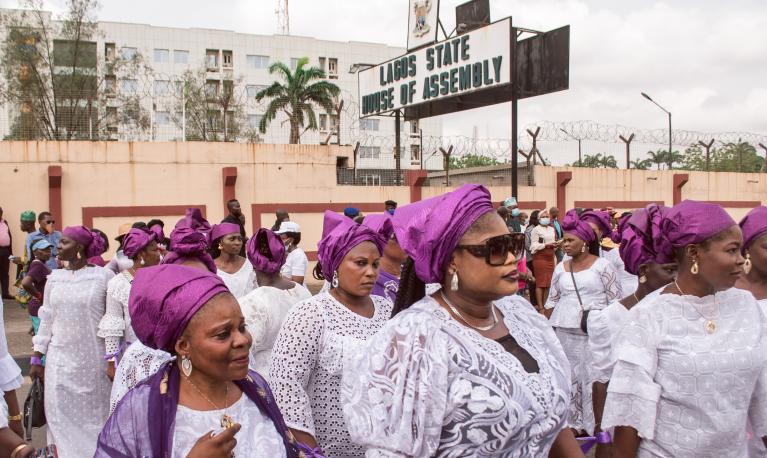
Report
19 Noviembre 2024
Published by: ALIGN, Mexfam

Report
5 Febrero 2024
Published by: ALIGN

Report
7 Marzo 2022
Published by: ALIGN

Report
18 Febrero 2022
Published by: ALIGN

1 January 2022
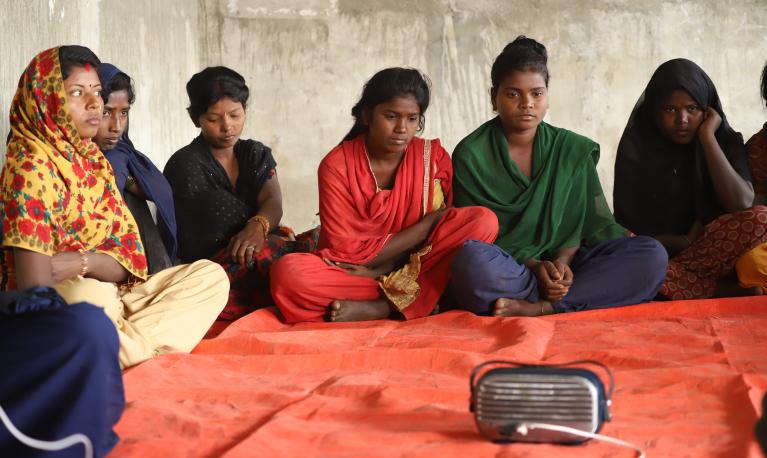
Report
3 Diciembre 2025
Published by: ALIGN, Data-Pop Alliance

Report
28 Noviembre 2025
Published by: ALIGN, development Research and Projects Centre
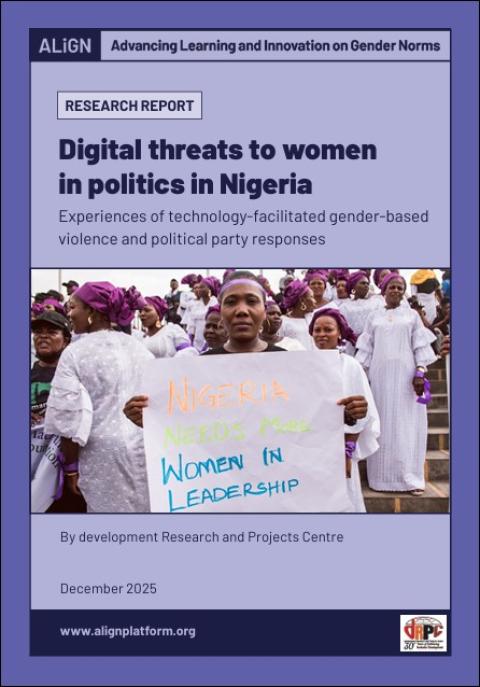
Blog
10 Febrero 2025
Published by: ALIGN

Report
30 Septiembre 2024
Published by: ALIGN, Frente Nacional para la Sororidad
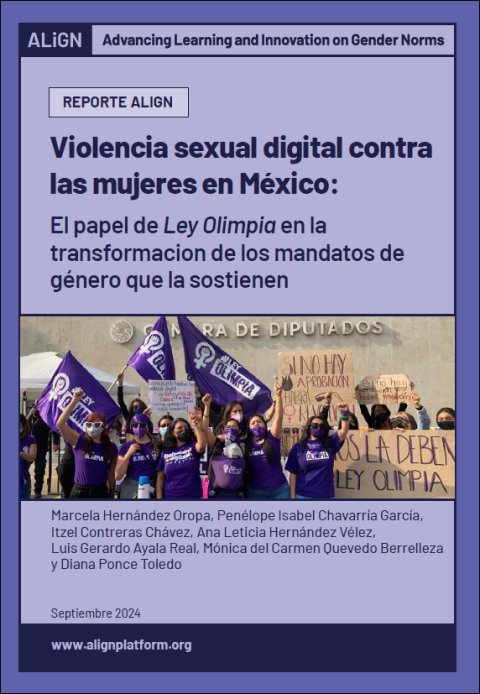
Blog
25 Julio 2024
Published by: ALIGN

Briefing paper
2 Octubre 2023
Published by: ALIGN, Nehanda Centre for Gender and Cultural Studies
